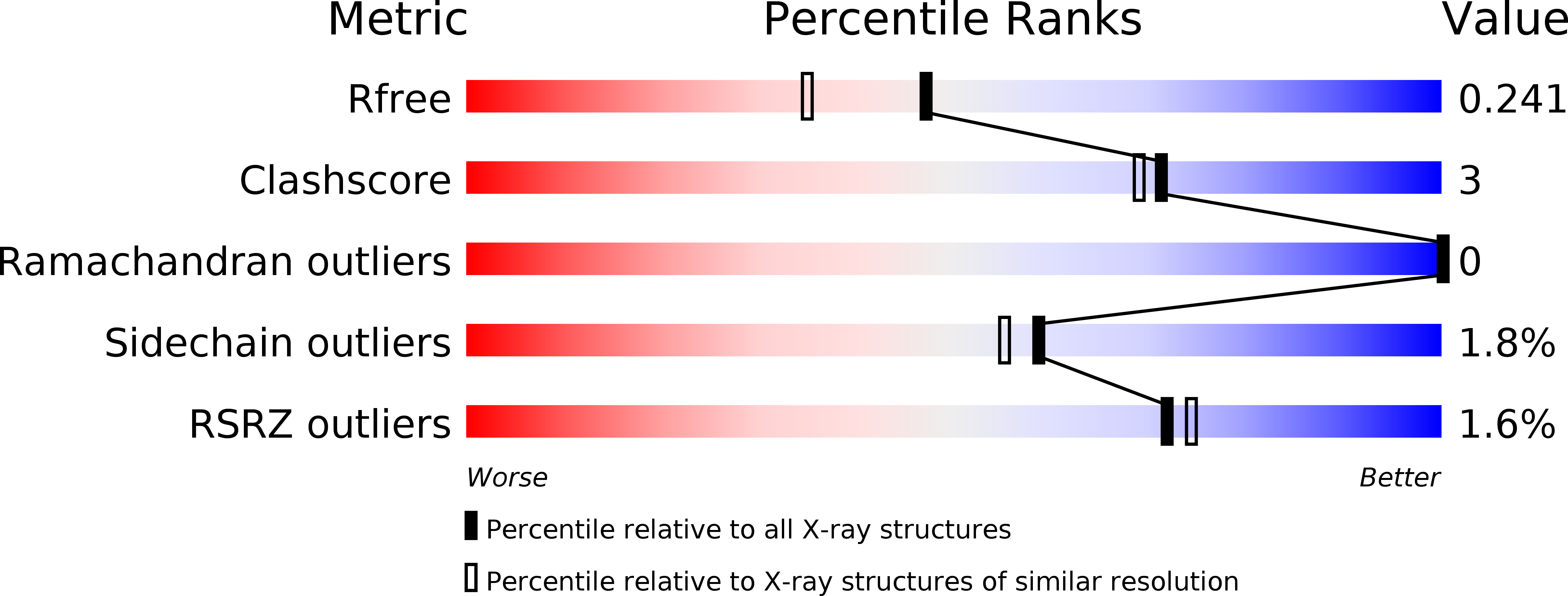
Deposition Date
2019-06-13
Release Date
2019-12-11
Last Version Date
2024-10-16
Entry Detail
PDB ID:
6PBH
Keywords:
Title:
Crystal Structure of HLA-A*68:01 in complex with NP145-156, a 12 mer influenza peptide
Biological Source:
Source Organism:
Homo sapiens (Taxon ID: 9606)
unidentified influenza virus (Taxon ID: 11309)
unidentified influenza virus (Taxon ID: 11309)
Host Organism:
Method Details:
Experimental Method:
Resolution:
1.89 Å
R-Value Free:
0.23
R-Value Work:
0.19
R-Value Observed:
0.19
Space Group:
P 21 21 21


